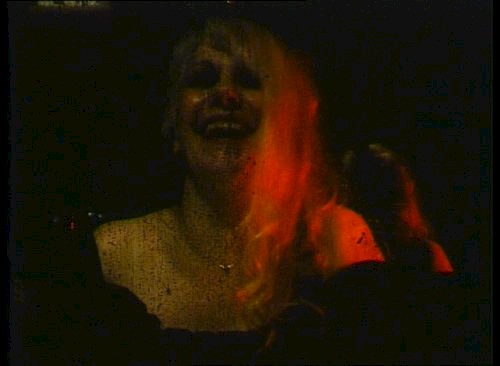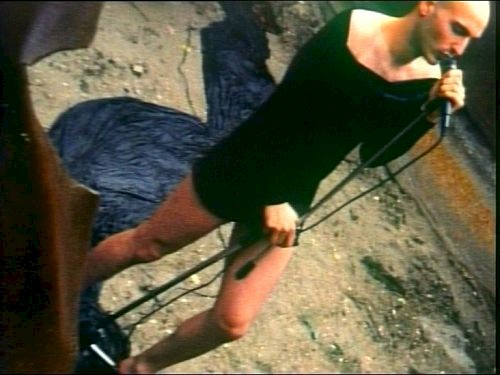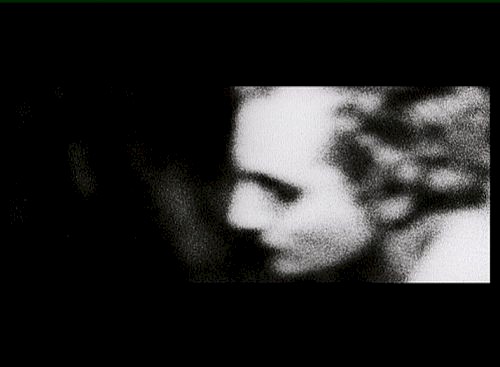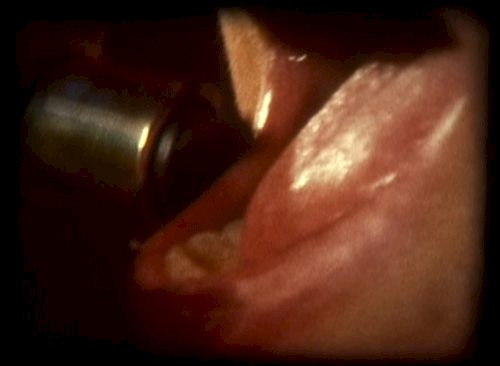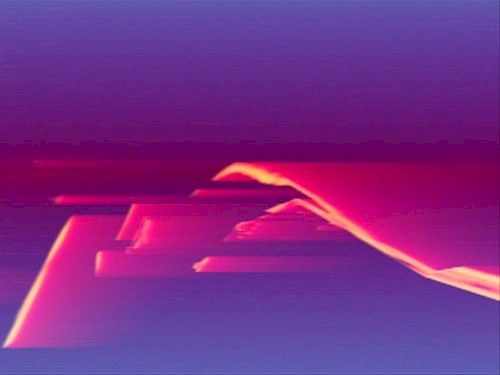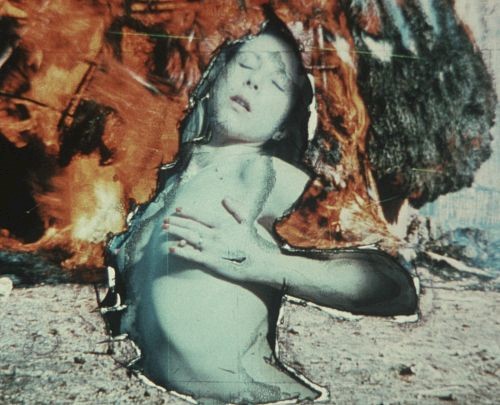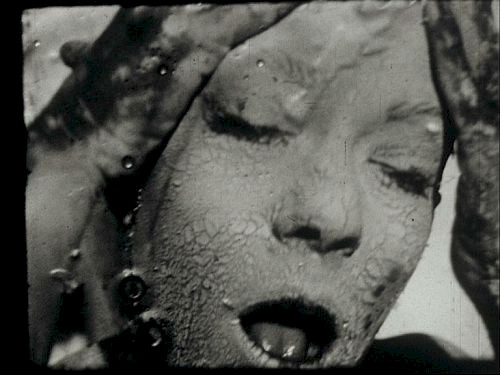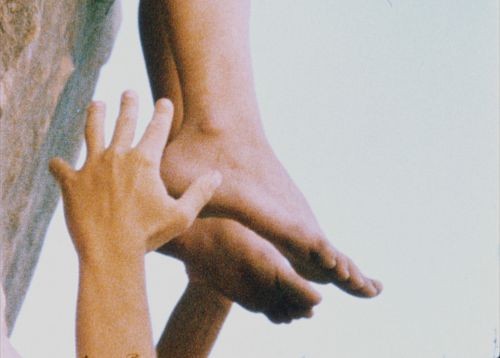The selections of the Brigades S’M are woven from treasures largely forgotten and in close connection with the teaching of experimental cinema at the department of Visual Arts, Centre St Charles (Paris 1/Sorbonne) and the spirit of the Collectif Jeune Cinéma.
In St. Charles, shortly after 68, emerge the storms of a transgressive cinema, abundant, self-produced and led by its most brilliant theorist, Dominique Noguez.
I was lucky enough to dive into this universe in 1974 and discover works of incredible creativity. Unaware that it was so easy to pick up a camera, I started filming and then proposed my films to the Collectif Jeune Cinéma, the first French coop to promote this adventure during its screenings or during its Festival d’Hyères, in the Cinéma Différent section, directed by Marcel Mazé.
In 1985, I began teaching in line with this dynamic and introduced my students to some of the films that have resonated for several generations, such as Un Chien Andalou, Le sang d’un poète, Meshes of the Afternoon, Un chant d’amour, Inauguration of the Pleasure Dome, Dog Star Man and Walden.
Thanks to 16 mm copies, to some films on VHS and later to those of the Re:Voir collection created by Pip Chodorov, the repertoire widened and I perceived the same shock that I had when I discovered Noguez’s teachings. I also showed them the ones I had in Super 8 and we dived into the practice. Super 8 being very easy to access at the time, I had the university buy some equipment (projectors, viewers, splicers, stocks of film) and here they went, first with workshop exercises and then with more personal productions where each one of them would confront the medium and develop his or her own sensitivity.
For it is indeed an exceptional medium. First of all, the mania for small cameras allows for proximity and intimacy with the subject being filmed and offers the possibility of multiplying points of view without having to move equipment or technicians. With this ability, by playing with the focal distance, the acceleration, the slow motion, the blur, the movement, the shaking, but also the gesture in “action filming” (close to Action Painting), to let the immediate impulse speak to create forms and give a raw transcription of the experience.
Then its format, close to the square, a surface/plane where it seems natural to approach the subject in order to center it. Then this particular emulsion, including the sublime K40, a granulation that can be identified among all others and whose best definition is obtained by filming in a tight shot. Then there are the vibrations of the hand-held camera, the messy game of blurs, overexposures, underexposures, the interventions on the film (scratching, fading, painting, pasting, etc.) and the scratching of the dust, scratches or collages. Finally, in-camera improvisation or the infinite games of animation image after image.
The end-of-year screenings were very stimulating. I decided to propose selections at the Galerie Donguy where Michel Journiac was already presenting the work of his own students, and then, starting in 1998, at the cinema La Clef, for the rebirth of the CJC, its regular programming and its brand new Paris Festival.
It was a joyful mess. Magnificent rendering of the originals, live soundtrack on CD and a crowded room. Many of these young film-artists submitted their films to the CJC and became involved in the life of the coop (second period): Sarah Darmon (the first paid coordinator), Orlan Roy, Marie Sochor, Angélica Cuevas Portilla, Louis Dupont, Isabelle Blanche, Gabrielle Reiner and Damien Marguet. Others continue brilliantly on the paths of creation.
Today, I wanted to update some of these films (3 programs on file). Instinctive, wild, minimal or lush, DIY or more elaborate, these are gems that I still find strong. A great opportunity to return to an aspect of the DNA of the CJC: the unsuspected richness of creativity.
— Stéphane Marti







